3. Rehabilitation for motor functions and mobility
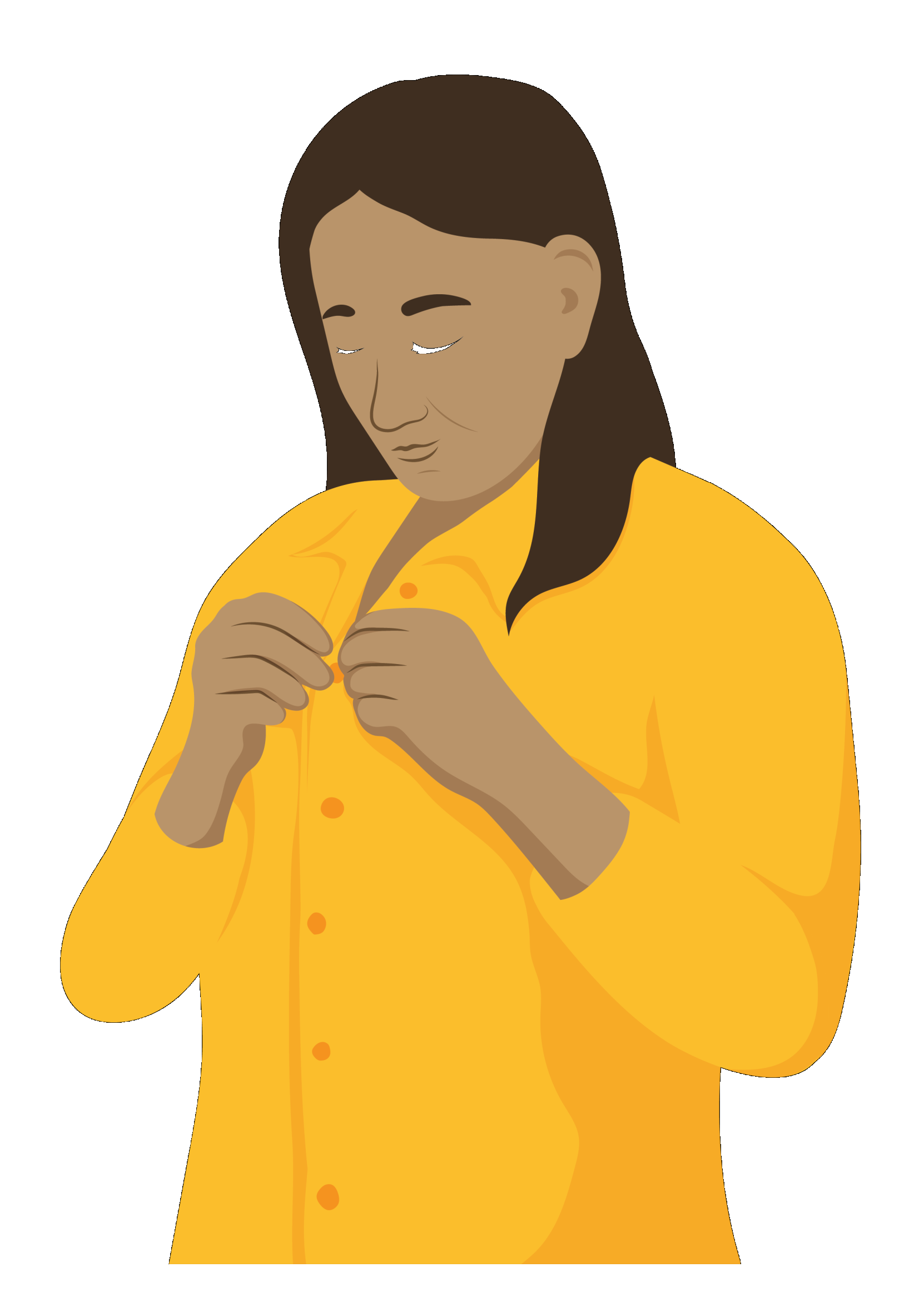
Rehabilitation aims to maintain or improve function.
Function is the ability to combine physical and cognitive skills to complete daily activities.
For more information on rehabilitation, see the introduction to rehabilitation module.
Rehabilitation for motor function and mobility is focused on physical function.
Interventions may be broadly categorised as:
- Non-pharmacological
- Pharmacological.
Non-pharmacological interventions
Non-pharmacological interventions are Promotive, Preventive, Restorative and/or Compensatory (PPRC).
Examples include:
- Promotive
- Advising a person to go for a light walk each day, to promote good health and mobility
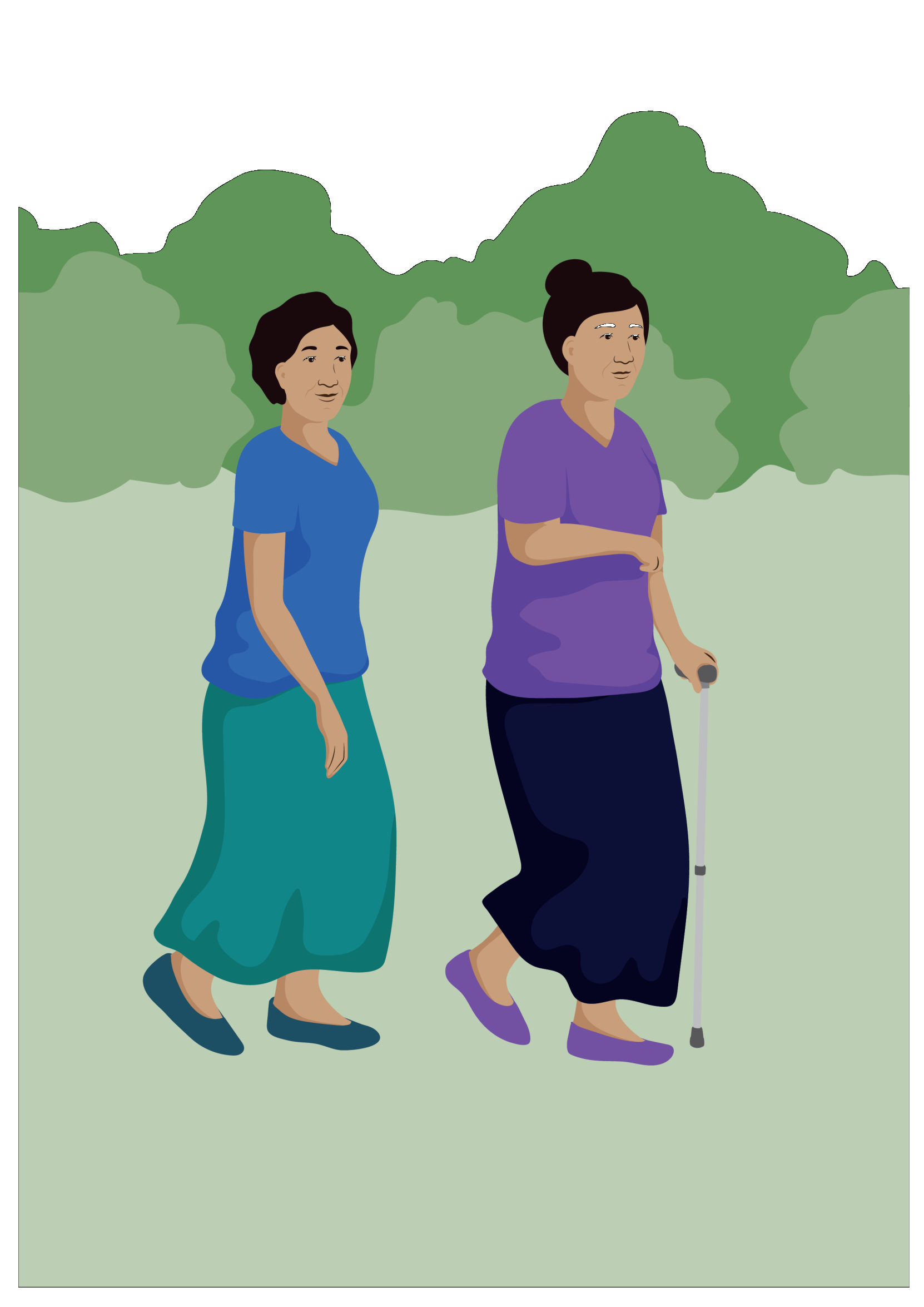
- Preventive
- Stretching and light exercises, to maintain range of motion and prevent contractures, in a person’s arm and hand after a stroke
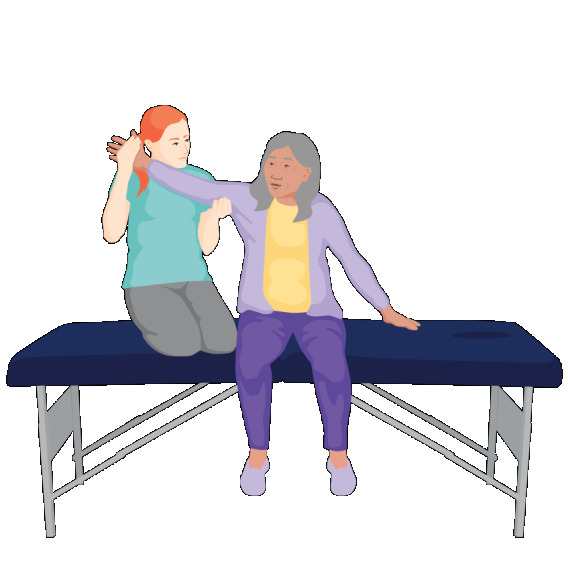
- Restorative
- Exercises focused on strengthening the legs, to help a person return to standing and walking.
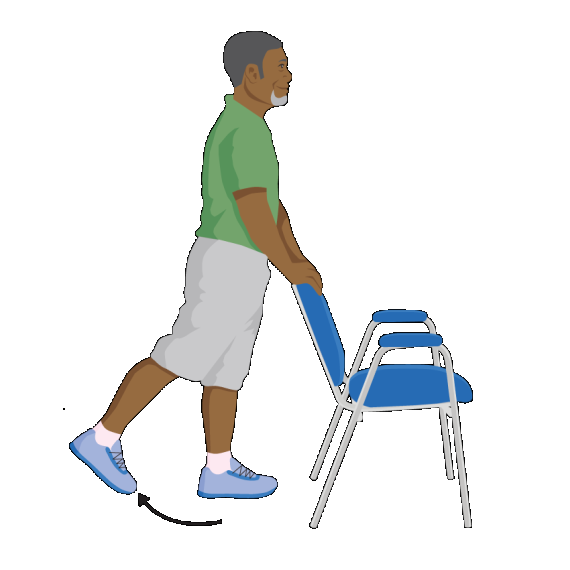
- Compensatory
- Providing a person with a walking stick for balance, and training in how to use it safely.
- Providing strategies for loss of visual field, after a stroke.
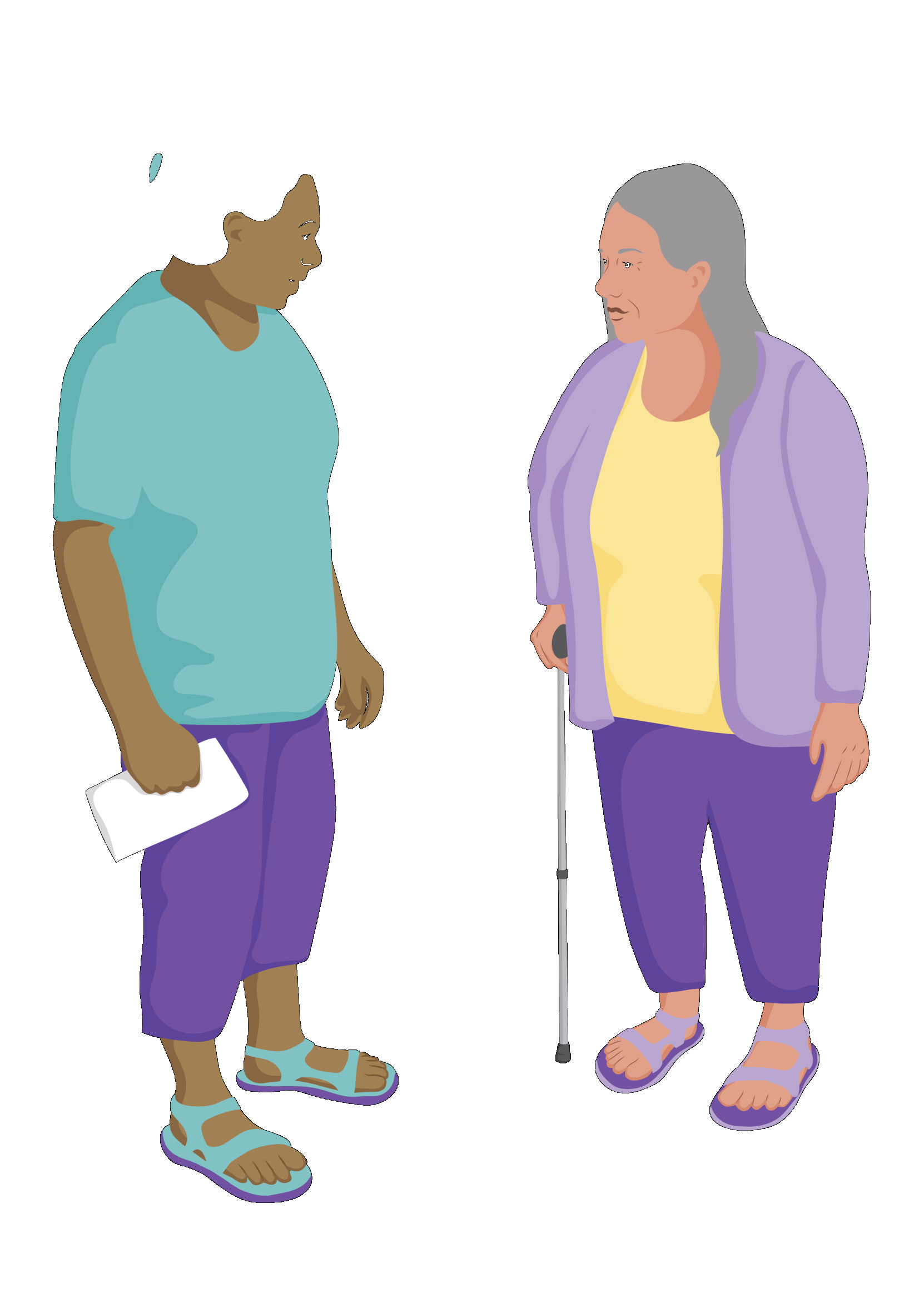
Provision of Assistive products
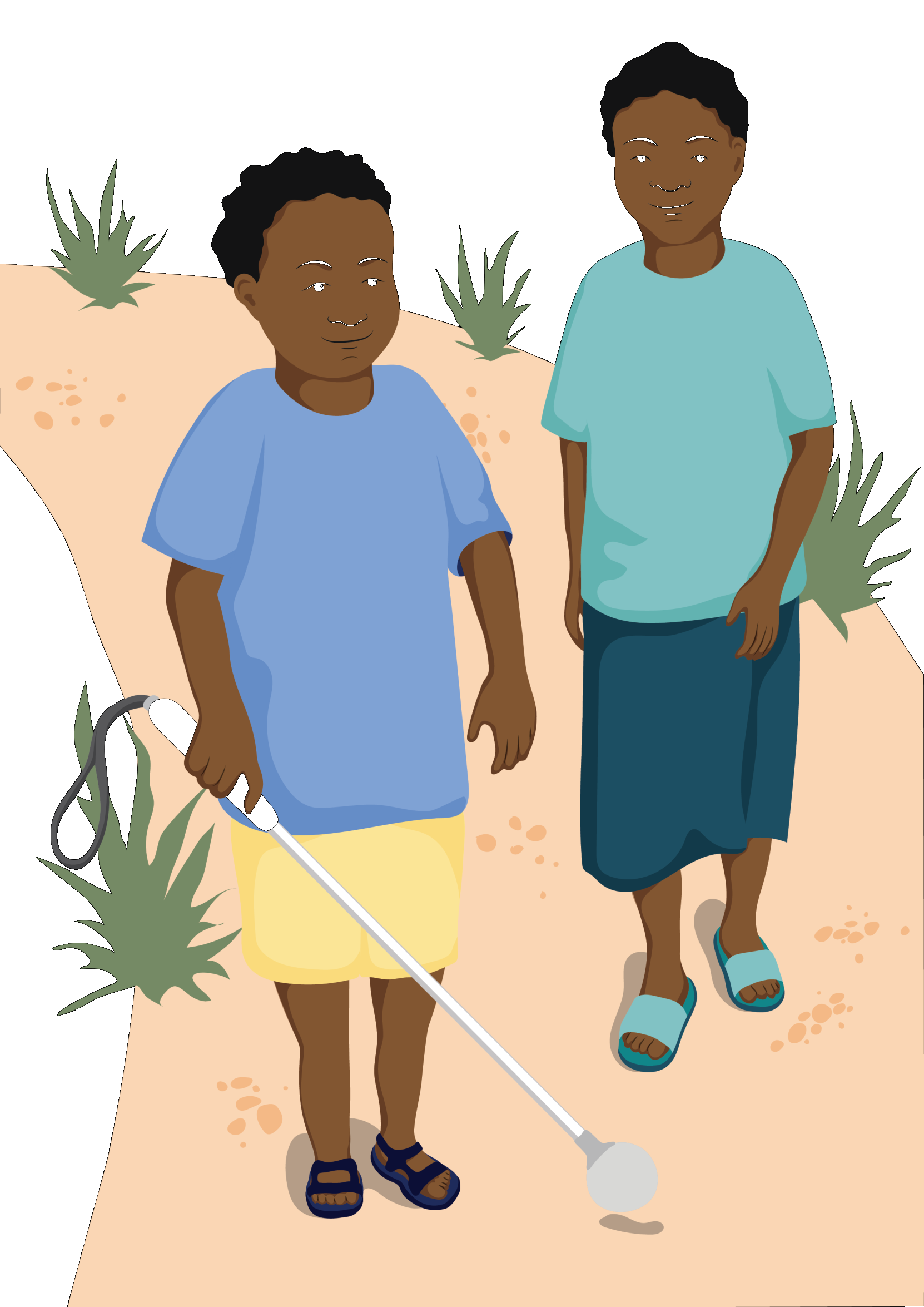
For more information about assistive products, see the introduction to assistive products TAP module.
Mobility assistive products
Mobility assistive products are used by many people of all ages who have mobility difficulties.
They can:
- Provide support to help a person sit up, transfer, stand, walk and run
- Provide people who cannot walk with a different way to mobilise.
Mobility assistive products may be used as a compensatory intervention, for people with permanent mobility difficulties.
They can also be provided in the short term, as part of a restorative rehabilitation programme.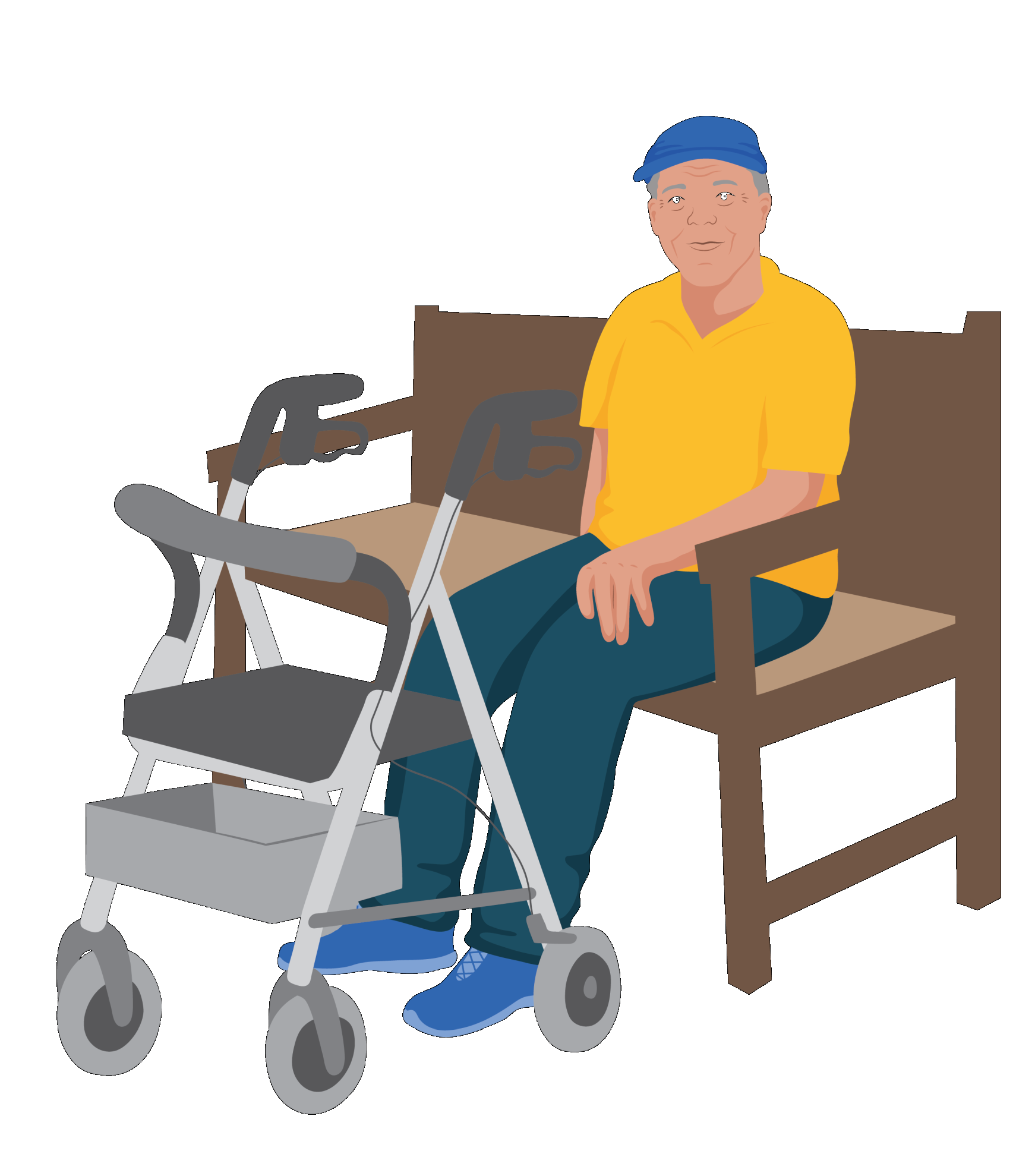
For more information about assistive products, see the mobility to assistive products TAP module.
Assistive products for motor functions and mobility include walking aids and wheelchairs.
Walking aids
Walking aids support people to stand and walk.
These include:
- Walking sticks
- Elbow and axilla crutches
- Rollators
- Walking frames

For more information about assistive products, see the walking aids TAP module.
Wheelchairs
Wheelchairs provide wheeled mobility and seating support for a person who has difficulty walking or moving around.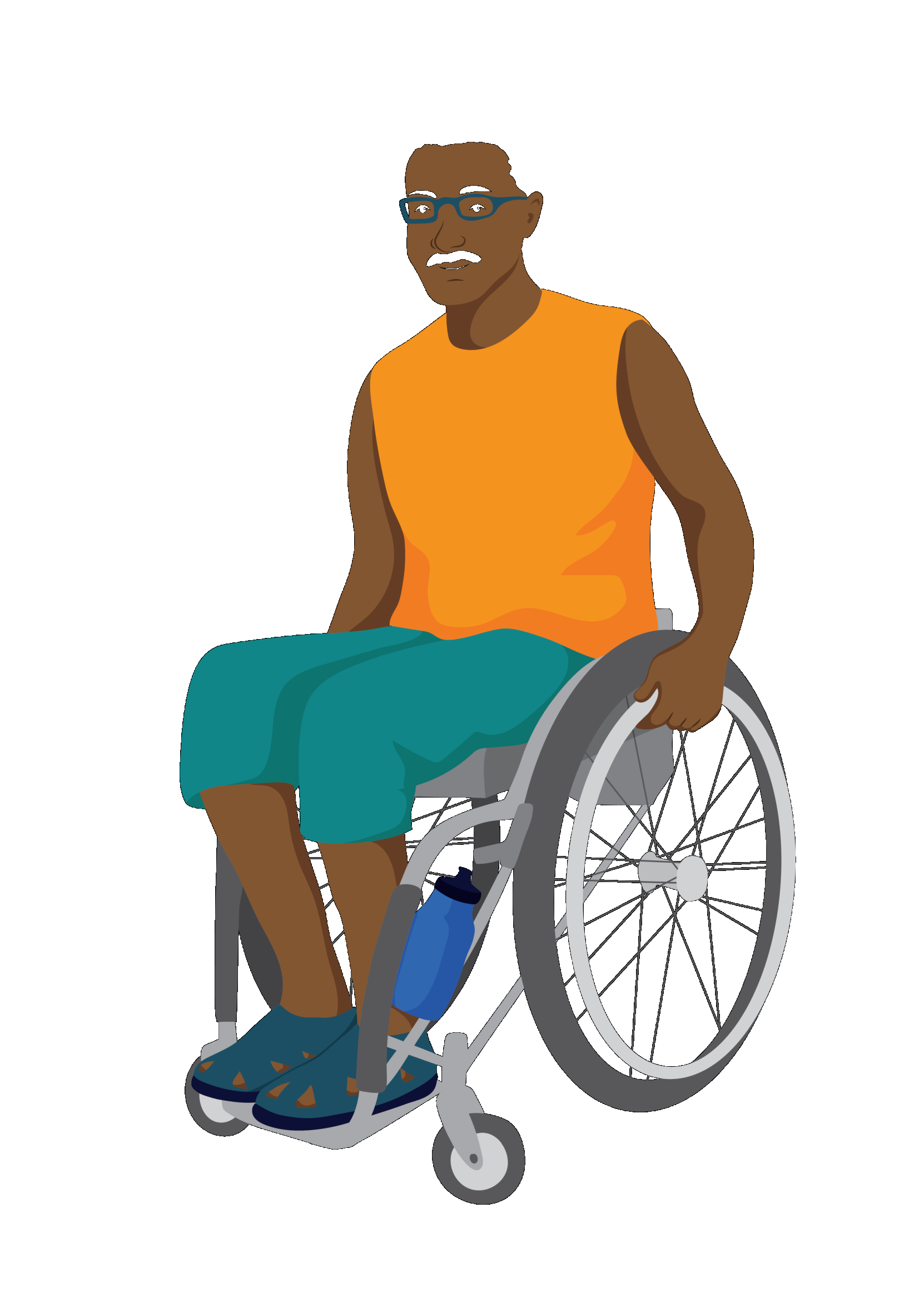
For more information about wheelchair provision, see the WHO Wheelchair Service Training Packages.
Other mobility assistive products
- Portable ramps: To assist people to enter and exit buildings and rooms safely, while using a walking aid or wheelchair.
- Grab bars: To assist people to transfer safely in and out of bed, in and out of their wheelchair and in and around their bathroom.
- Transfer boards: To assist people to transfer in and out of their wheelchair to other surfaces.
- Therapeutic footwear: Shoes with special features to help protect and support the feet of a person at risk of developing a foot wound.
- Rigid removable boots: Rigid removable boots are used by people who have an injury to their foot or ankle. They help injuries to heal by reducing movement of the foot and ankle.
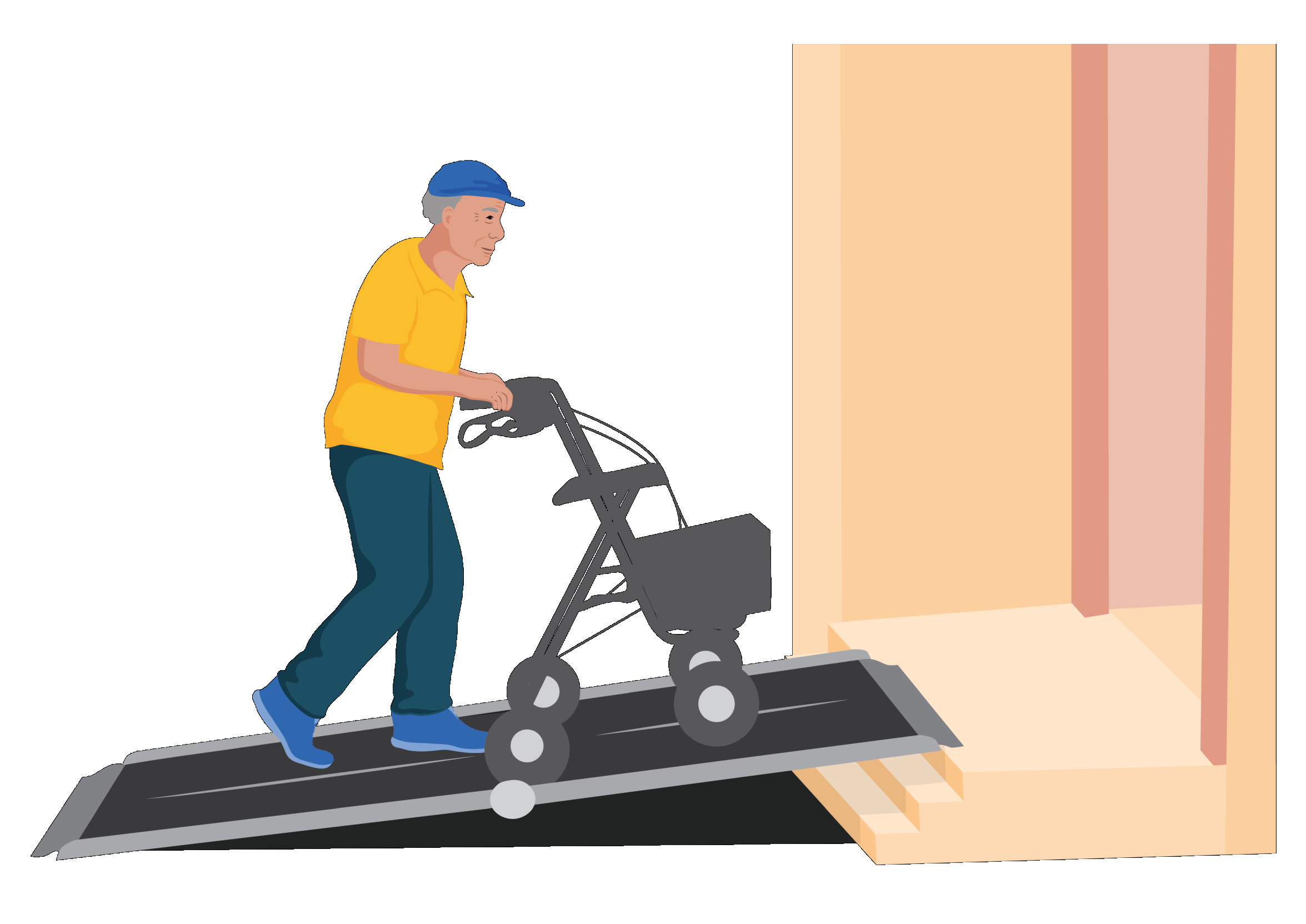
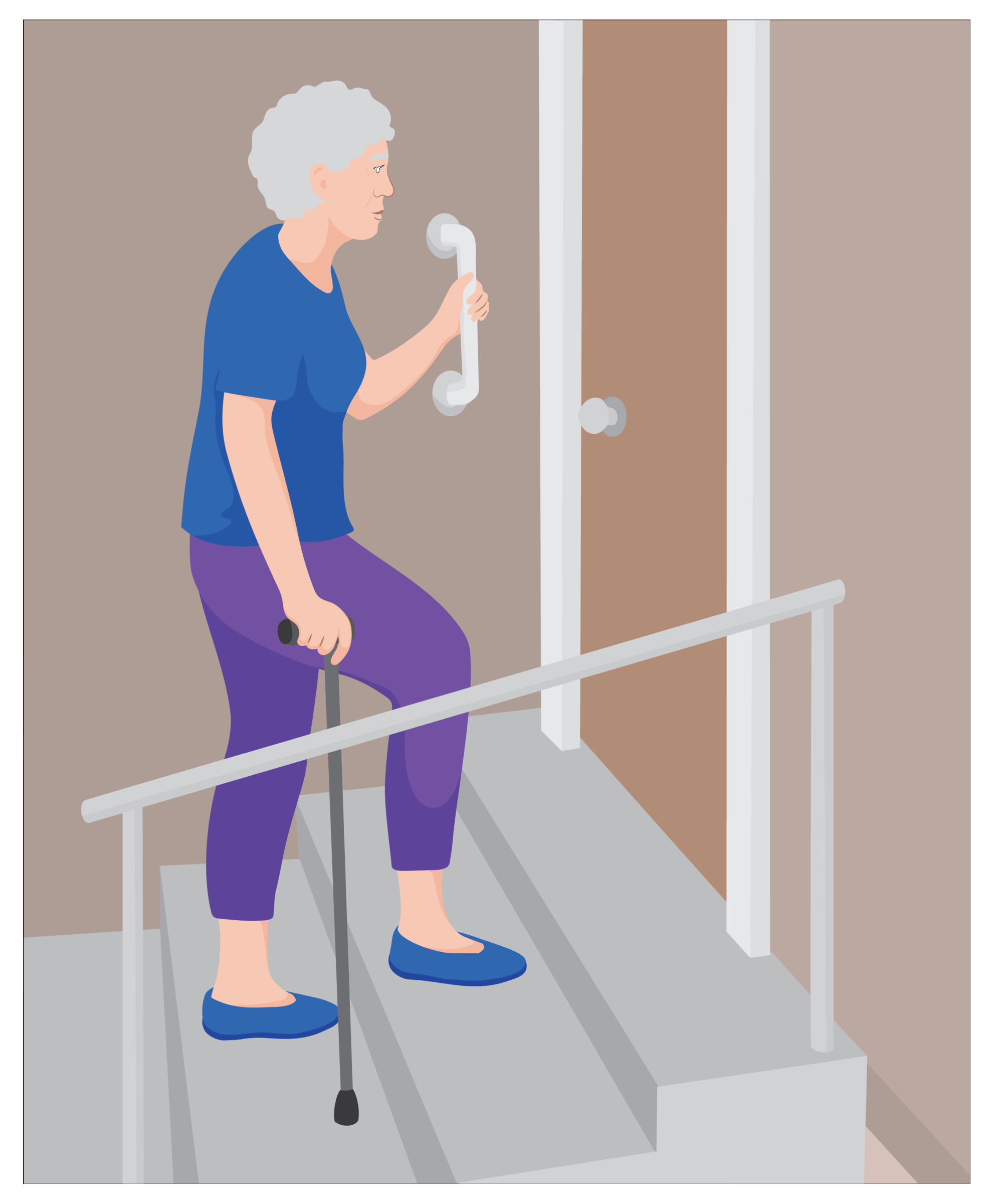



For more information about other mobility assistive technology, see the following TAP modules:
- Portable ramps
- Grab bars
- Transfer boards
- Therapeutic footwear
- Rigid removable boots
This information is a general introduction to medications.
All medications should be provided according to your health service’s standard treatment guidelines and be considered as part of an overall rehabilitation treatment plan.
Pharmacological interventions
Prescription and non-prescription medications can support an overall health and rehabilitation treatment plan.
Medications may be used to reduce symptoms, such as pain, or address complications of different health conditions or disabilities.
These may include:
Analgesics: Analgesics are a group of medications designed to relieve pain.
Analgesics can support people whose pain is limiting their movement, such as people with arthritis.
Anti-inflammatory: Non-steroidal anti-inflammatory drugs (NSAIDs) are a group of medications that manage the pain and inflammation.
NSAIDs can support people with some types of arthritis and other musculoskeletal injuries and disorders.
Antispastic / antispasmodic: Antispastic medication, also known as muscle relaxers, are a group of medications that relax contracted, overactive, or stiff muscles.
They can also help with reducing tremors.
